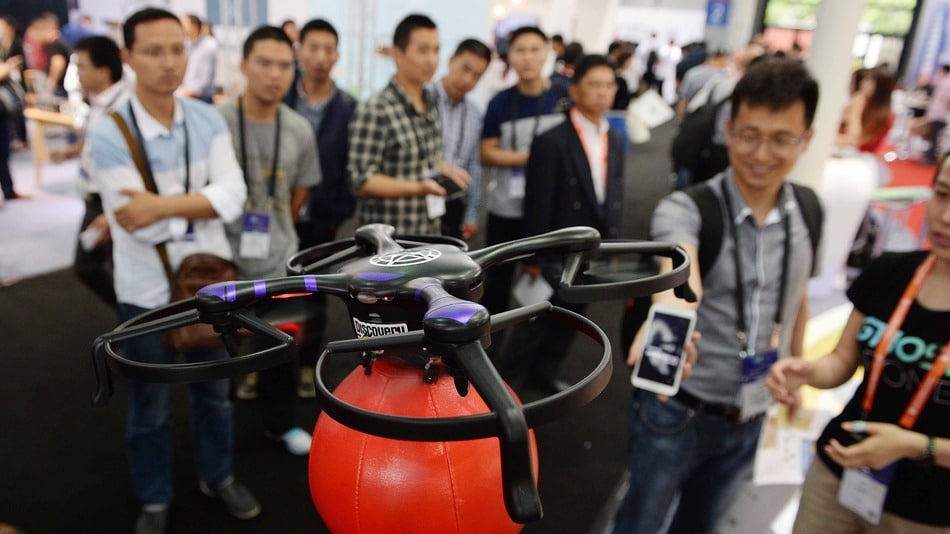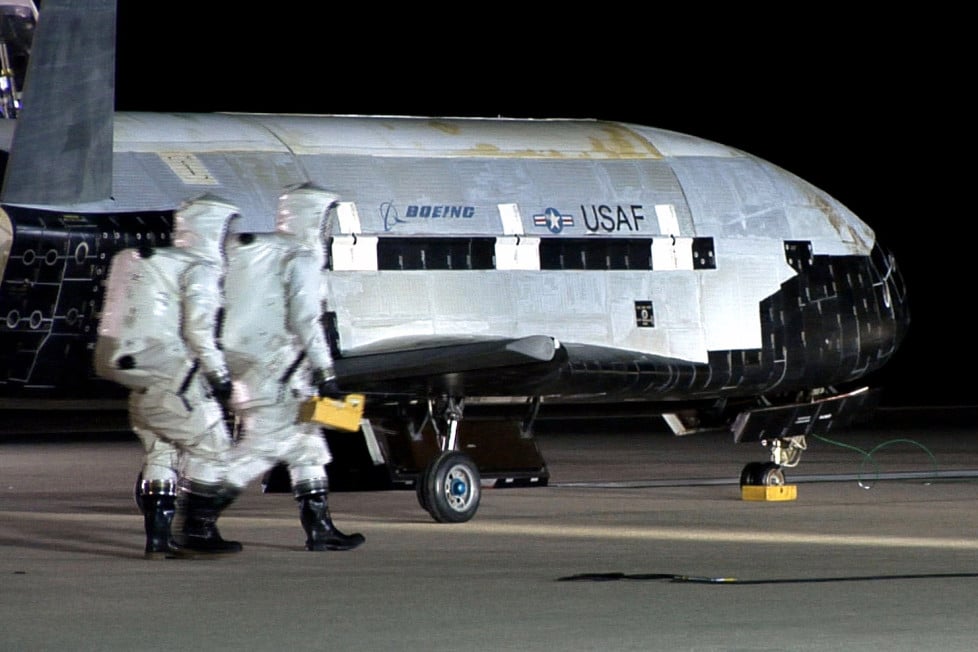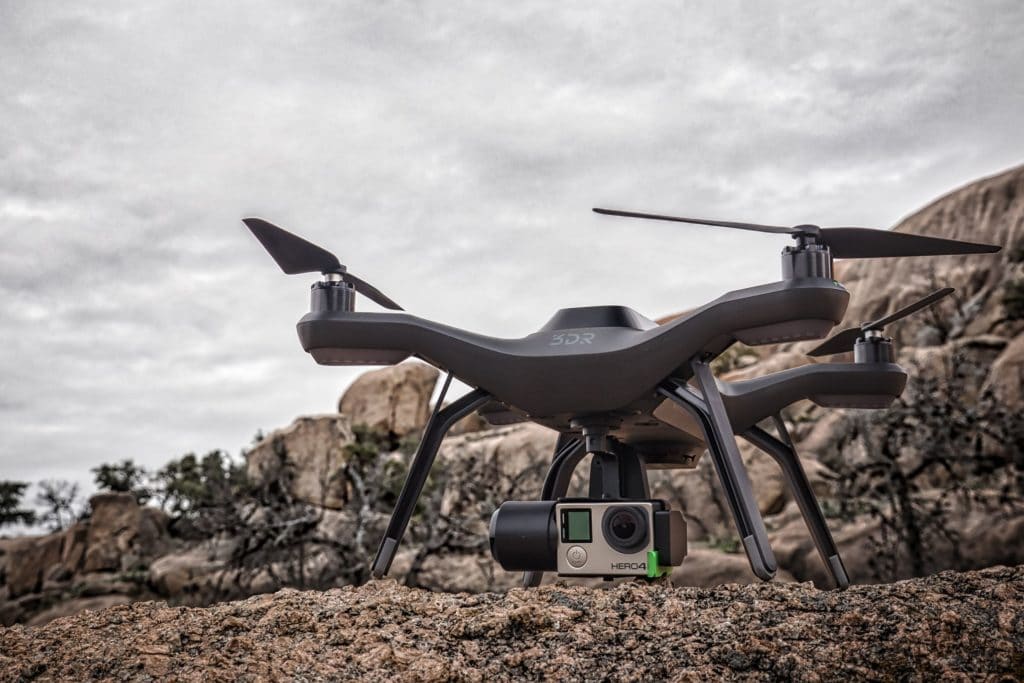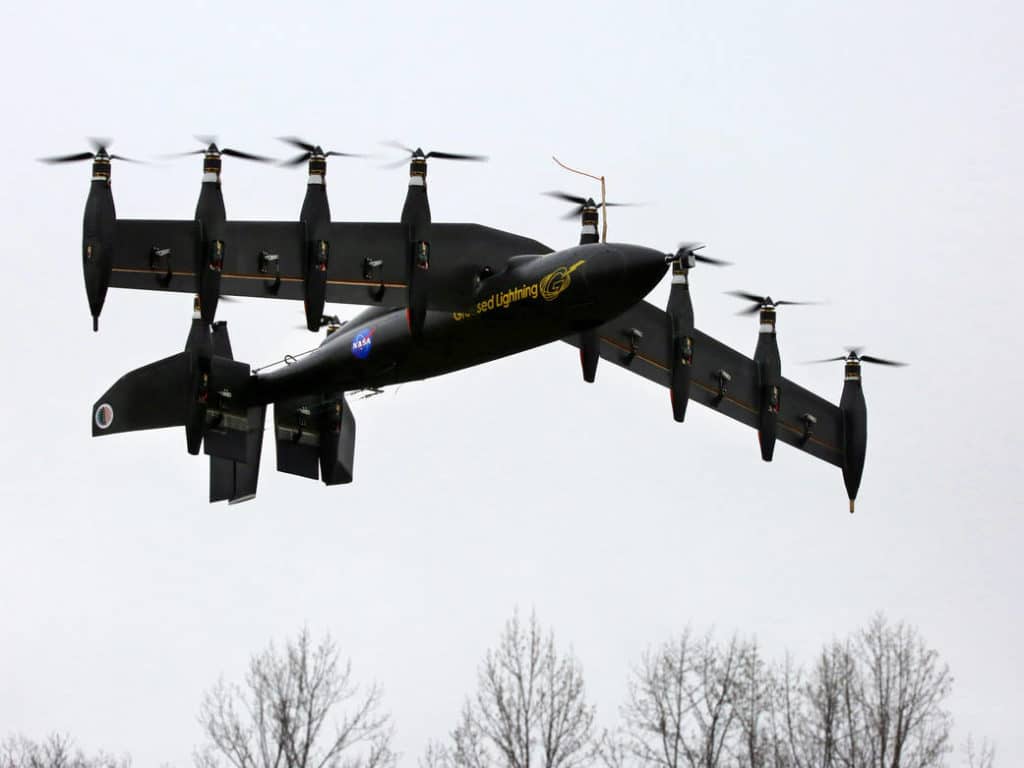GoPro Inc. may be on the verge of releasing consumer drones, but the risky move could result in the company losing some of its key business relationships.
GoPro is known for its variety of wearable cameras that have become incredibly popular with most sports enthusiasts.
Now the company is looking to expand into the realm of drones.
The company plans to start selling its own multirotor helicopters, known as drones, with high-definition cameras already equipped by the end of 2015, according to the Wall Street Journal.
Consumer drones are typically controlled by the user’s smartphone or tablet and have become a popular new way to film weddings and outdoor concerts and even deliver bottles at upscale nightclubs.
It wasn’t long ago that many American consumers weren’t exactly sure what drones really were, and some were immediately terrified by the idea of the flying machines.
The presence of companies like Sony Corp. and now GoPro in the drone market, however, proves that the drone industry is starting to expand and become a more mainstream market than ever before.
As drones grow in popularity, it is only natural that competition in the market will follow suit, and that’s precisely what GoPro may be sparking by releasing its own line of drones.
In the past, those who were interested in filming events and snapping pictures through the use of a drone would typically purchase the drone from one company and then purchase the roughly 3-ounce cameras from GoPro.
Now, GoPro will be producing a product that gives consumers everything they need without having to reach out to other companies.
“I’m happy to let GoPro keep making great cameras and we’ll keep making great copters,” Colin Guinn, senior vice president of sales at 3D Robotics Inc., told the Wall Street Journal.
The company sells GoPro cameras with the drones they sell, but Guinn said he is surprised by the company’s move to produce the consumer drones on its own.
Some skeptics are already questioning if GoPro will be able to hold its own in the drone market with companies like SZ DJI Technology Co. of China already producing devices that come with their own built-in cameras.
SZ DJI Technology is currently the world’s largest consumer drone maker and going up against them could prove to be a serious challenge for GoPro.
Most GoPro cameras sell for between $200 and $500 while the drones are expected to start at $500 and go up into the thousands.
For those who are still uneasy about the idea of drones and feel it could have a serious conflict with privacy rights, consumer drones do have an incredibly limited frequency band and the Federal Aviation Administration is expected to propose rules for commercial drones within the next few weeks.








